Acne is the eighth-most prevalent disease globally, affecting over 645 million people. The condition commonly starts around 12-to-14 years of age and peaks around 16-to-17 years in females and 17-to-19 years in males, but can continue into adulthood. Research suggests 70-to-87 per cent of teenagers are affected by acne, with some studies suggesting that up to 95 per cent of adolescents get some degree of acne.
<h3><strong>Pathophysiology</strong></h3>
The pathogenesis of acne is multifactorial and four central factors contribute to the development of acne lesions. These include:
Androgen-induced excess sebum production.
Hyperkeratinisation within the hair follicle.
Colonisation of the pilosebaceous duct by <em>Propionibacterium acnes</em>.
The release of inflammatory mediators around the pilosebaceous unit.
Androgens play a major role in acne, with a rise of androgens at puberty for males and females. Further evaluation may be required in women presenting with abnormal menses, hirsutism, female-pattern androgenetic alopecia and truncal obesity, as polycystic ovary syndrome (PCOS) is the most common cause of hyperandrogenism. Approximately 30 per cent of patients with PCOS present with acne simultaneously to other features of hyperandrogenism.
Other common triggers for acne are hormonal changes, including menstrual periods, pregnancy and starting or stopping the contraceptive pill. Certain medications given for other conditions (steroids, oestrogen and testosterone, lithium, azathioprine, ciclosporin) and anabolic steroids used illegally in body-building can also trigger acne. Greasy or oily cosmetics, especially if non-comedogenic, some hair products, and pressure from sports helmets and equipment may exacerbate mild acne and the individual may be unaware of this.
There are significant physical and psychological morbidities associated with acne. The physical impact includes discomfort, pain and potential for scarring. As this is a highly-visible skin condition, the psychological effects are not to be underestimated; these include low self-esteem, poor body image, depression, anxiety, stigmatisation from peers, and interpersonal difficulties. However, timely and appropriate treatment, along with identifying those at risk of complications as a result of this skin disorder, can contribute to reducing the burden associated with this condition.
<h3><strong>Presentation</strong></h3>
Acne is characterised by seborrhoea, the presence of open and closed comedones, which may exist in isolation, but commonly presents with papules and pustules and in severe cases, nodules and cysts that can result in scarring. Common sites for acne are face, neck, upper chest, back and shoulders.
<em>Classification (S3 — Guidelines for the treatment of Acne 2016)</em>
1. Comedonal acne.
2. Mild-to-moderate papulopustular acne.
3. Severe papulopustular acne, moderate nodular acne.
4. Severe nodular acne, conglobate acne.
Acne can also be divided into non-inflammatory and inflammatory lesions. Non-inflammatory lesions consist of open and closed comedones, whereas inflammatory acne comprises of papules, pustules, nodules and cystic lesions.
<h3><strong>Treatment</strong></h3>
Treatment should aim to reduce acne lesions and prevent scarring. Choice of treatment depends on the type of lesions and severity of acne. The European Dermatology Forum guidelines provide an evidence-based treatment pathway for acne. The ICGP <em>Acne Management in Primary Care</em> (2016) document has adapted the ES3 guidelines to reflect the Irish healthcare system.
<strong><em>Topical treatments </em></strong>
Topical treatments are the mainstay of treatment for mild acne. Some preparations are available over-the-counter and others are on prescription. Topical treatments come in different formulations, including washes, gels, lotions and creams. There are various active ingredients, such as benzoyl peroxide, salicylic acid, azelaic acid, retinoids and antibiotics. Some preparations have combined properties. These treatments work on the active lesions and also help to prevent new lesions and therefore should be used on the whole affected areas, not just the spots.
<strong><em>Benzoyl peroxide</em></strong>
Benzoyl peroxide (BPO) is a bactericide, keratolytic and moderate comedolytic and is available in concentrations of 2.5 per cent, 5 per cent and 10 per cent. It can be used alone or prescribed in combination with topical antimicrobial agents, namely clindamycin. Also, as it is a vital agent in bacterial resistance, it is recommended to be prescribed for simultaneous use in patients on topical or systemic antibiotic therapy. BPO can cause irritation to the skin and to help tolerance, the treatment should be used gradually. Due to its bleaching properties, the patient should be informed that it can bleach hair, clothes and bed linen.
<strong><em>Azelaic acid</em></strong>
Azelaic acid has antibacterial and anti-inflammatory properties. It can be a good treatment for sensitive skin, as reported side-effects are mild and temporary. It has been suggested that it may be beneficial in decreasing post-inflammatory hyperpigmentation in darker skin types.
<strong><em>Salicylic acid</em></strong>
Salicylic acid is a common ingredient in over-the-counter acne preparations. It is comedolytic, keratolytic with some reports of mild-to-moderate action in inflamed and non-inflamed acne lesions.
<strong><em>Topical retinoids</em></strong>
Topical retinoids for acne include tretinoin, isotretinoin and adapalene. These preparations have a keratolytic and anti-inflammatory effect and are useful in the treatment of comedonal acne. Topical retinoids increase the effectiveness of other topical medications and reduce post-inflammatory hyperpigmentation. It is recommended that these preparations are used first-line in comedonal acne. In varied inflammatory and non-inflammatory acne lesions, they should be used together with topical or oral antibiotics. Topical retinoids can induce local reactions in the skin, such as redness, scaling, dryness and peeling. To alleviate these side-effects, start the treatment slowly by applying treatment on alternate nights and gradually increase frequency as tolerated. The use of a non-comedogenic emollient may also help with dry skin and increase tolerability. These products are photosensitising and should be applied at night and the patient should be counselled on sun protection and the use of a non-comedogenic broad spectrum UVA/UVB, SPF 30+. Retinoids are not licensed for use in pregnancy and women of child-bearing age should use contraception.
<strong><em>Topical antibiotics</em></strong>
Topical antibiotics are effective in treating mild-to-moderate acne, as they have antibacterial and anti-inflammatory properties. However, they are not recommended to be used alone when treating acne because of associated increased incidence of bacterial resistance. To reduce the risk of bacterial resistance, they should be used in combination with topical retinoids or topical BPO. To target multiple pathogenic factors that contribute to acne, combined preparations such as clindamycin/BPO, clindamycin/tretinoin can be used. These combined preparations offer convenience to the patient, which may improve adherence.
<h3><strong>Systemic treatments </strong></h3>
<strong><em>Oral antibiotics</em></strong>
This treatment is for patients with moderate-to-severe acne, acne unresponsive to topical therapy and acne mainly on the trunk. It is recommended that oral antibiotics should be prescribed with a topical therapy, such as a retinoid or BPO. They should be used for the shortest duration possible; typically, a three-month duration is recommended in order to limit antibiotic resistance. Tetracycline antibiotics are most commonly used, namely lymecycline, doxycycline and minocycline. Erythromycin is effective in treating acne, however its use should be limited to those who cannot take tetracyclines, such as pregnant women. Bacterial resistance is more common for erythromycin than for other antibiotics. Trimethoprim may be used as a second-line antibiotic agent in those patients who are unresponsive or unable to tolerate tetracyclines. When oral antibiotic treatment is stopped, it is recommended to continue a topical maintenance therapy with a retinoid and/or BPO, to prevent recurrence of acne and minimise bacterial resistance. It is recommended never to combine topical and oral antibiotics.
<strong><em>Hormonal therapy</em></strong>
The oral combined contraceptive pill has long been used in the treatment of acne. Hormonal agents can be effective in inflammatory acne in female patients where there was resistance to first-line therapies, premenstrual flares, or where there are clinical and laboratory findings of hyperandrogenism. Careful screening and selection of patients is important to minimise risk of side-effects and contraindications. Risk factors include hypertension, thromboembolic risks (these are increased in patients who are obese, who smoke and are aged over 35 years), migraine and headache, liver disease, heart disease, and current breast cancer. It is also recommended that this treatment be combined with other acne treatments.
<strong><em>Isotretinoin</em></strong>
Isotretinoin is considered as the most effective treatment for severe acne and has an influence on all four pathogenic factors mentioned earlier. It results in a significant reduction in sebum production, reduction in follicular hyperkeratosis; it influences comedogenesis, lowers surface and ductal <em>Propionibacterium</em> acnes and has anti-inflammatory properties.
Recommended dosing regimens are primarily weight-based. The European Dermatology Forum (2016) recommends 0.3-to-0.5mg/kg for severe papulopustular acne/moderate nodular acne. The dose can be titrated according to clinical response and prevalence of adverse effects. Pharmacokinetic studies show that absorption of isotretinoin is markedly affected by the presence of fat, and absorption can be doubled by taking isotretinoin with, or after, a meal, compared with the fasting state.
All patients must be advised of the risk of an acute flare of acne in the early course of isotretinoin therapy; it has been reported that this may occur in roughly 6 per cent of patients.
Teratogenicity is well recognised and regarded as one of the most serious adverse effects. It is mandatory that females being considered for isotretinoin must use one or ideally two forms of effective contraception. Contraception must be commenced one month prior to treatment and continued through the course of the treatment and continued for five weeks after treatment is finished.
The patient should sign a consent form and should accept detailed counselling by the clinician prior to and during treatment. Therapy management includes medically-supervised pregnancy testing before, during and five weeks after a course of treatment. Distribution control suggests that only 30 days of oral isotretinoin can be supplied at one time to a female patient and the prescription will only be valid for seven days. Advise patients to avoid donating blood during treatment and for at least one month after treatment is finished.
Isotretinoin is usually well tolerated, with the most common side-effects related to mucocutaneous changes, which include dry lips, dry eyes, dry nose and dry skin. Frequent use of lip balm should help with dry lips. For patients who suffer with dry skin, a non-comedogenic emollient of their choice would be recommended. Vaseline on a Q-tip inserted into the nasal nares can relieve the dryness in the nose. Artificial tears will relieve dry eyes; night-time driving can be a problem if the eyes are very dry.
Hypertriglyceridaemia, liver dysfunction, rhabdomyolysis and headache are all less common side-effects. Patients should have screening bloods taken initially and three months into treatment.
The association between isotretinoin treatment and changes in mood (depression, suicidal ideation) has not been definitively established. In a recent meta-analysis and review, it was revealed that there was no increase in depression diagnosis or depressive symptoms; in fact, some patients demonstrated a trend toward fewer depressive symptoms after isotretinoin treatment for acne. However, clinicians are advised of potential rare patients who are at risk of mood changes and clinical depression during treatment with isotretinoin. Before initiation, and during the course of isotretinoin treatment, it is recommended to assess prior symptoms of depression as part of the medical history. It would be advisable to specifically enquire about related symptoms at each clinic visit. If mood disturbance is suspected prior to or during isotretinoin treatment, a psychiatry review should be sought.
In conclusion, early assessment and correct treatment of acne to prevent psychological difficulties and irreversible physical scarring is paramount. Establishing realistic expectations for acne of any severity is also very important. Education plays an important and effective role to ensure patients have the best knowledge of the benefits, risks and expected outcomes of each treatment.<strong></strong>
<strong>References on request</strong>
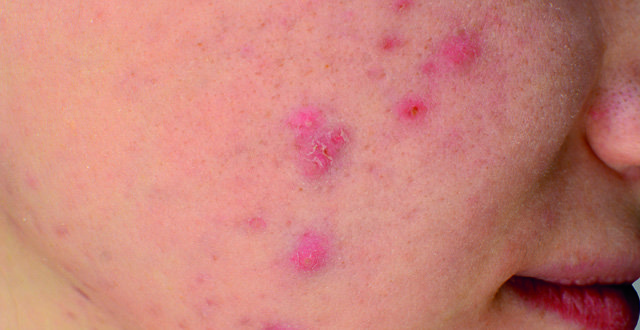
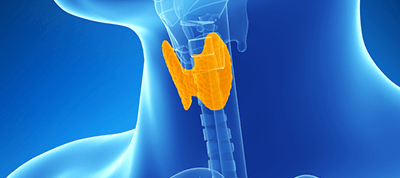
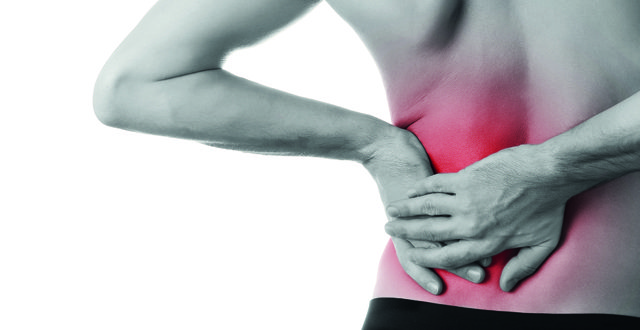
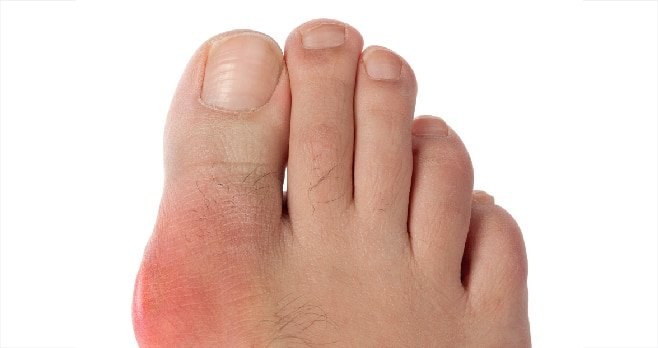

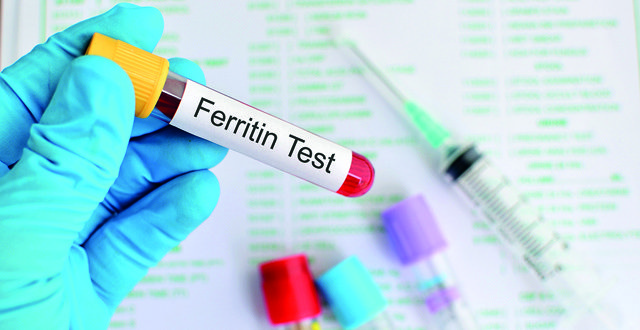




Leave a Reply
You must be logged in to post a comment.